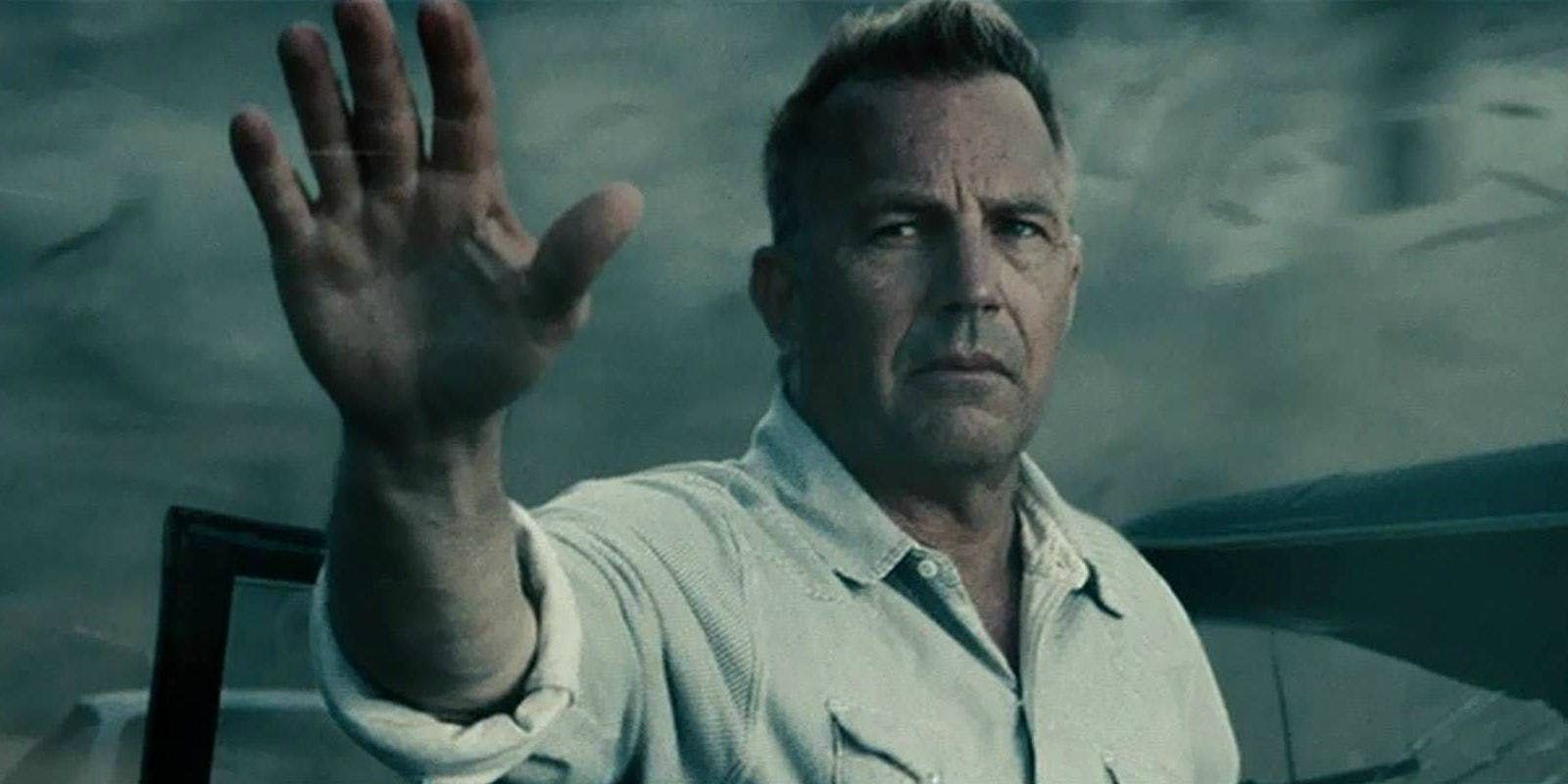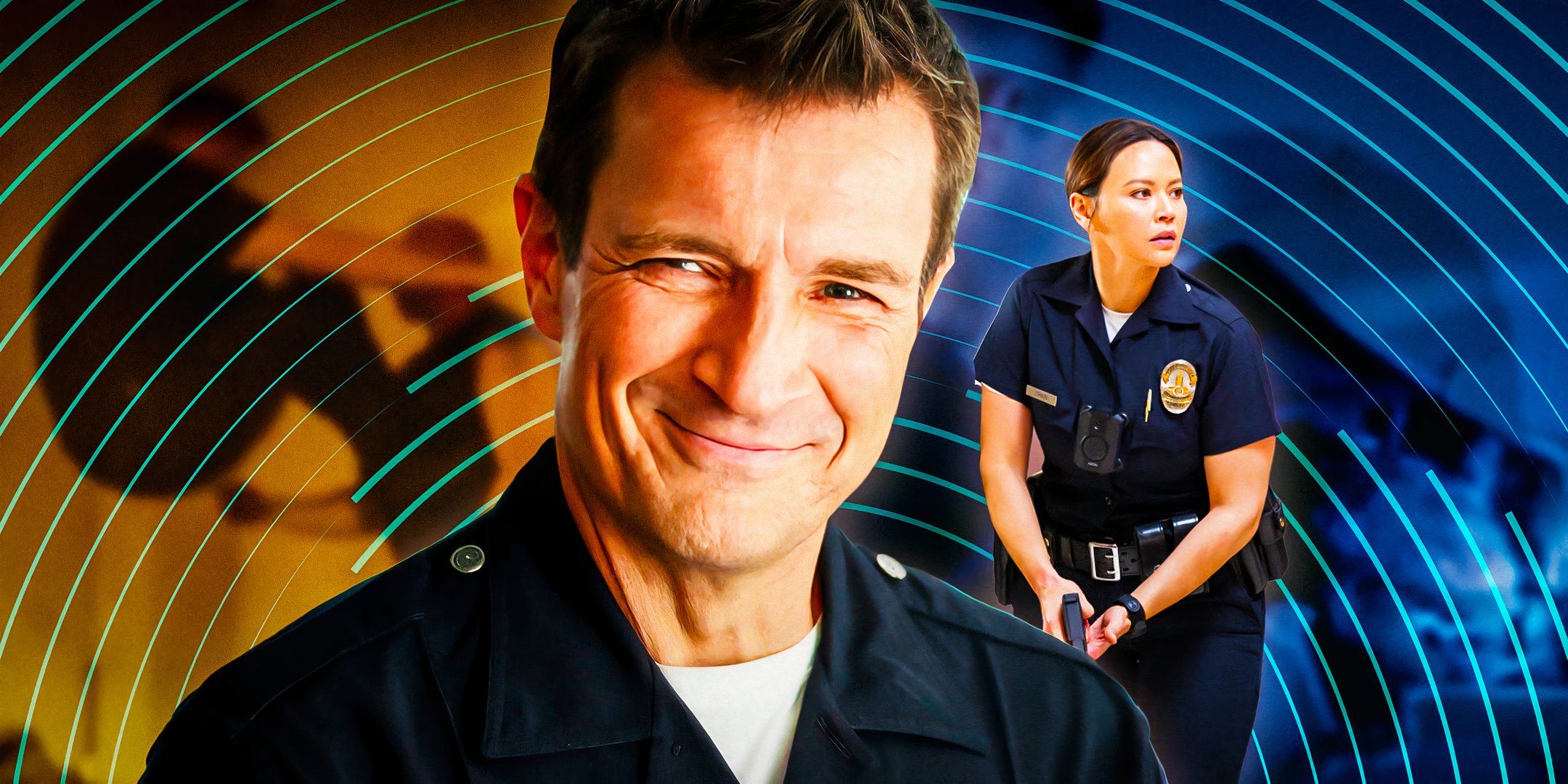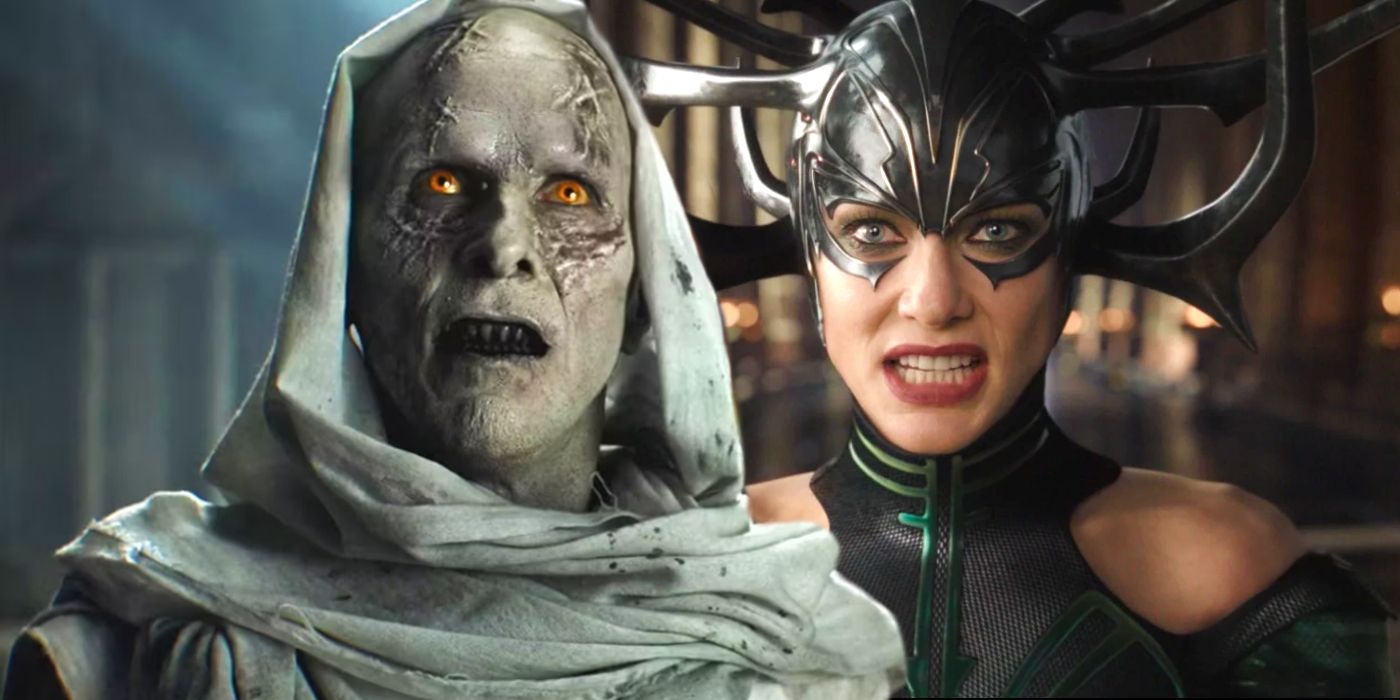Disney has hopped on the sequel bandwagon in recent years, and though many have been a success, a few struggle to justify their existence. Often, the purpose of such projects is to revisit nostalgic movies of years past, and the House of Mouse certainly has plenty of these. However, a sequel that aims only for this while adding no real value to the existing story often underperforms.
Of course, once upon a time, Disney used to release sequels in the form of low-budget, straight-to-video films that continued the stories of projects like The Lion King, Pocahontas, or Mulan. These were never expected to do well, and if they did, it was a pleasant financial surprise for the studio. However, in the last decade, the production value of Disney’s sequels went up exponentially, which meant the stakes were even higher. Films like Frozen 2 and the Toy Story sequels performed even better than their parent projects, but this certainly hasn’t been the case for all of Disney’s sequels released since 2013.
9 Indiana Jones & The Dial Of Destiny Performed Worse Than Kingdom of the Krystal Skull
Released in 2023
The original Indiana Jones trilogy films released in the 1980s were cult classics, but Disney’s efforts to revitalize the franchise have been largely unfruitful. The unpopular 2008 film Indian Jones and the Kingdom of the Crystal Skull didn’t perform terribly at the box office, but it was a critical flop, earning only 77 percent on Rotten Tomatoes. It seems Disney didn’t want to leave the franchise this way, so they brought Harrison Ford back one last time for Indiana Jones and the Dial of Destiny. Unfortunately, the sequel did even worse, with a 69 percent score on Rotten Tomatoes and a wildly disappointing 384 million at the global box office (via Box Office Mojo).
8 Lightyear Missed An Opportunity As A ’90s-Themed Sci-Fi
Released in 2022
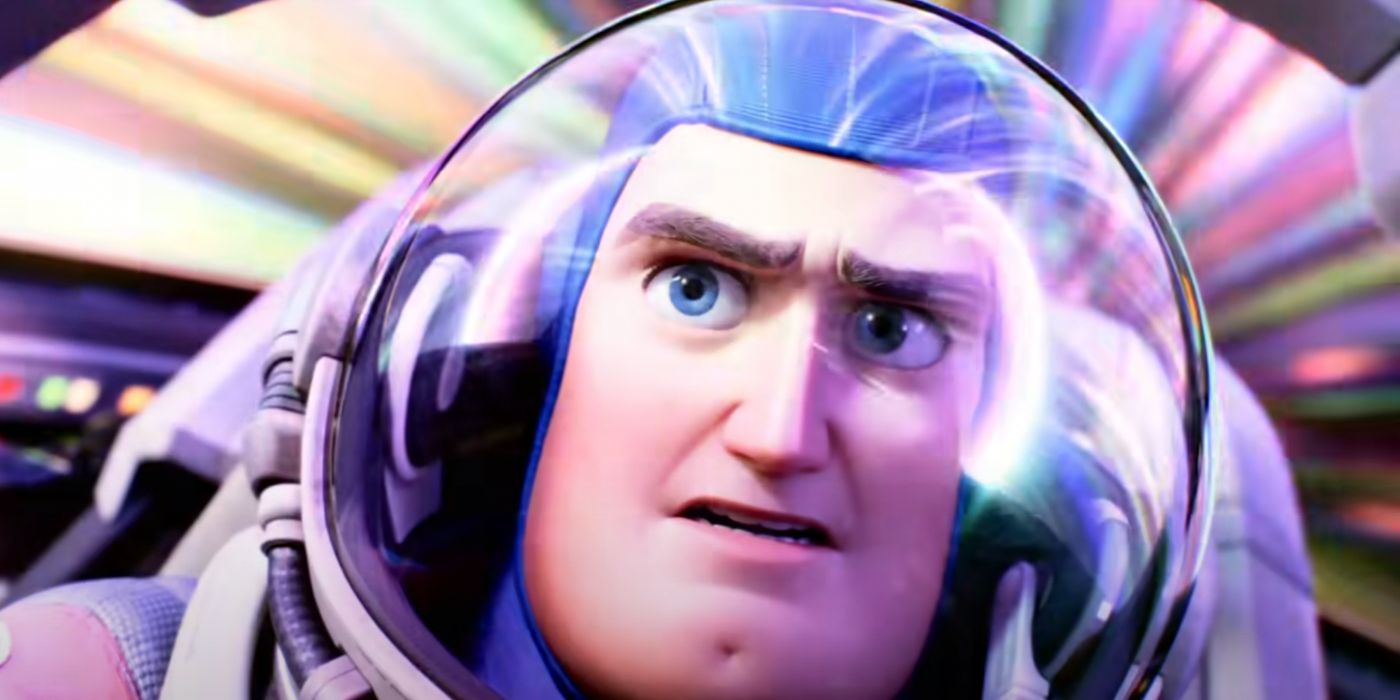
Lightyear described itself as the in-universe Toy Story film from the ’90s that inspired Andy’s obsession with the Buzz Lightyear character. This provided a whole new way to see the Space Ranger, and given the success of the Toy Story sequels, it should have had a lot of potential. Unfortunately, the film fell flat, making only $267 million at the global box office. A significant part of the issue here is that Lightyear didn’t follow through on its claim that it was supposed to be a 1990s sci-fi film, and it was challenging to identify Disney’s intended audience.
7 Hocus Pocus 2 Watered Down The Sanderson Sisters
Released in 2022
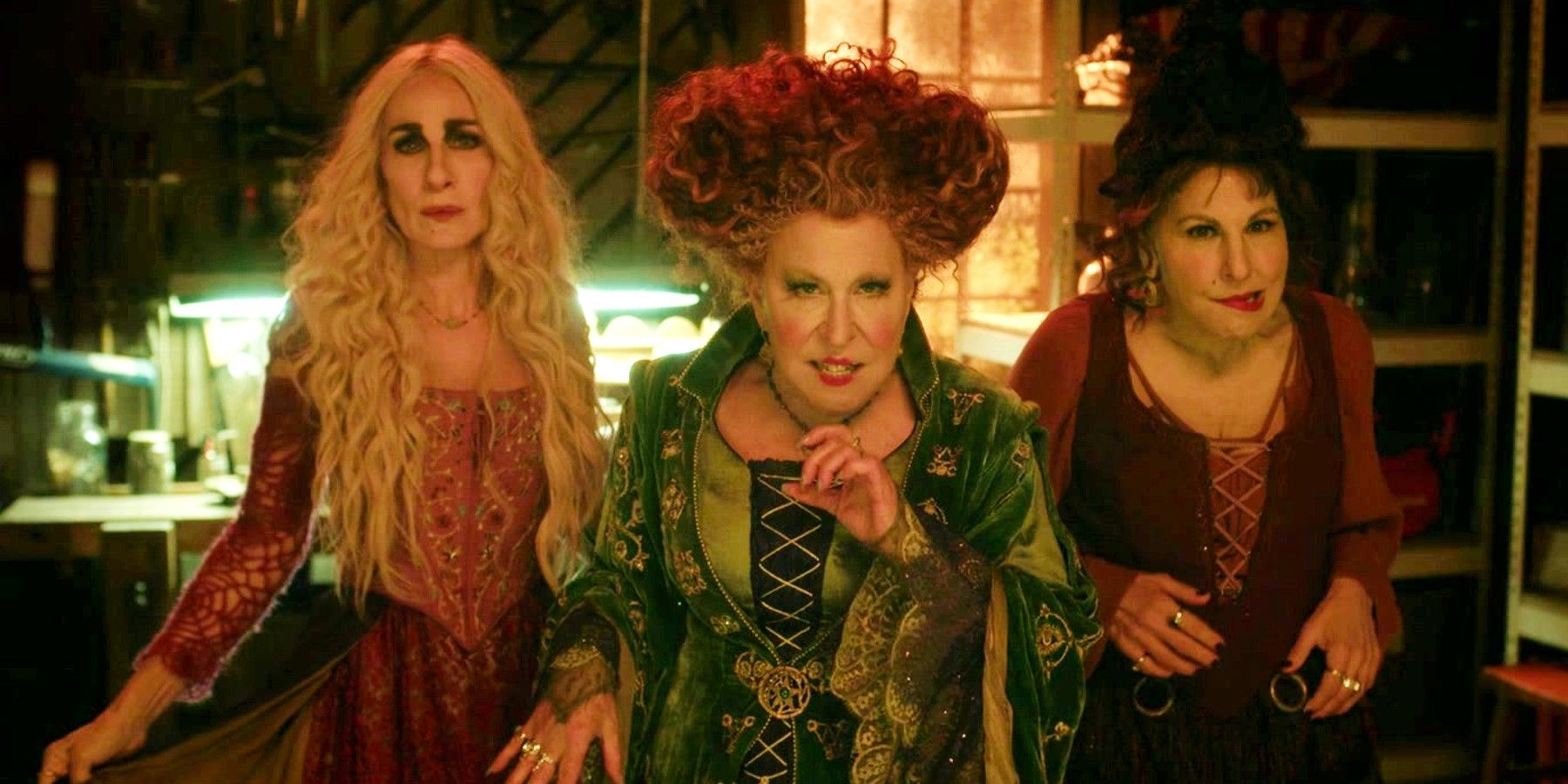
The 1993 film Hocus Pocus was deliciously spooky and quite a contradiction to Disney’s typical “cute” live-action Halloween films. There was a good deal of almost raunchy comedy involved, and the Sanderson Sisters were entirely evil right to the bone. Given the film’s status as a cult classic, it’s no surprise that the House of Mouse returned for a sequel nearly 20 years later, but Hocus Pocus 2 failed to recapture the magic. The Sandersons were watered down significantly, as the film needlessly made them loving sisters willing to sacrifice it all for one another. The 47 percent audience score on Rotten Tomatoes proves this wasn’t a sequel anyone had requested.
6 No One Asked For Night at the Museum: Kahmunrah Rises Again
Released in 2022
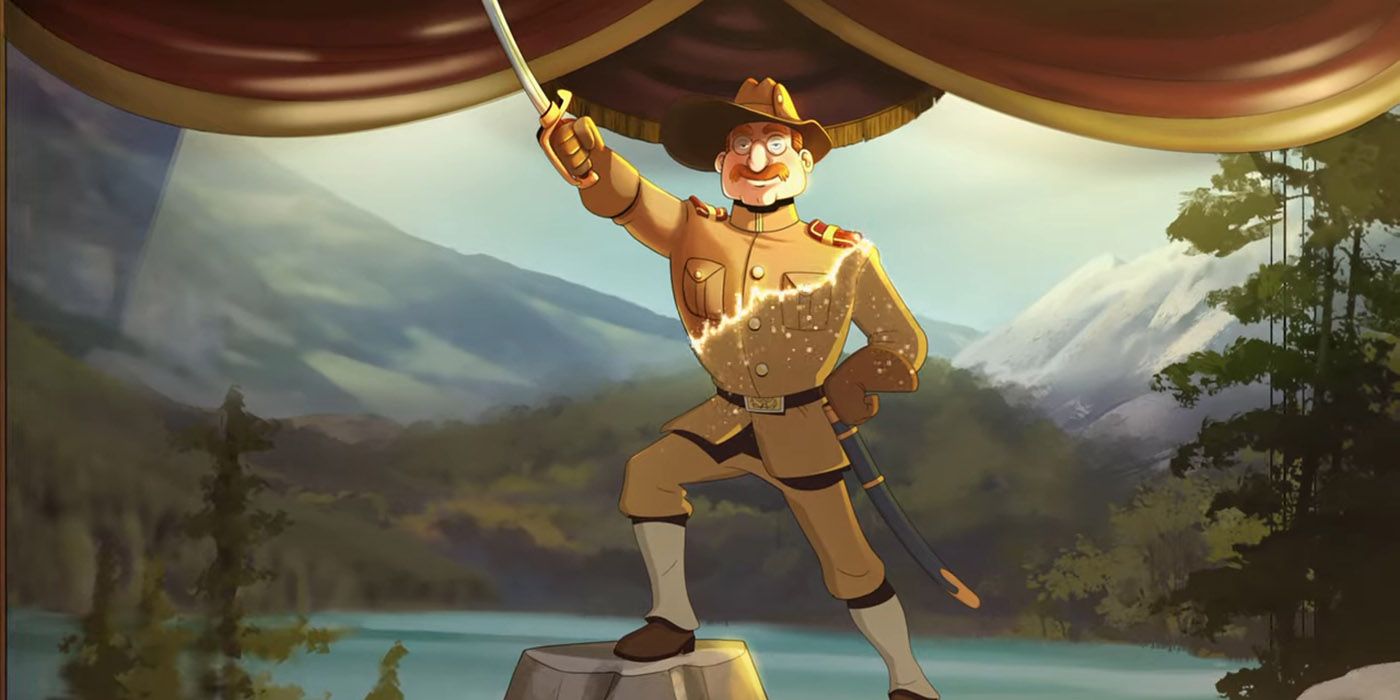
The Night at the Museum movies weren’t properties of Disney, but the House of Mouse must have wanted to get in on the action since they obtained the rights and produced an animated sequel titled Night at the Museum: Kahmunrah Rises Again. The original films were a success, though each subsequent sequel performed a little worse at the box office. The Disney sequel’s efforts to recapture the magic with an animated film were aimed predominantly at children, but the film itself seemed to go widely unnoticed, and those that gave it a try weren’t too impressed (as evidenced by the 33 percent audience score on Rotten Tomatoes).
5 Oz the Great and Powerful Brought Nothing New To The Table
Released in 2013
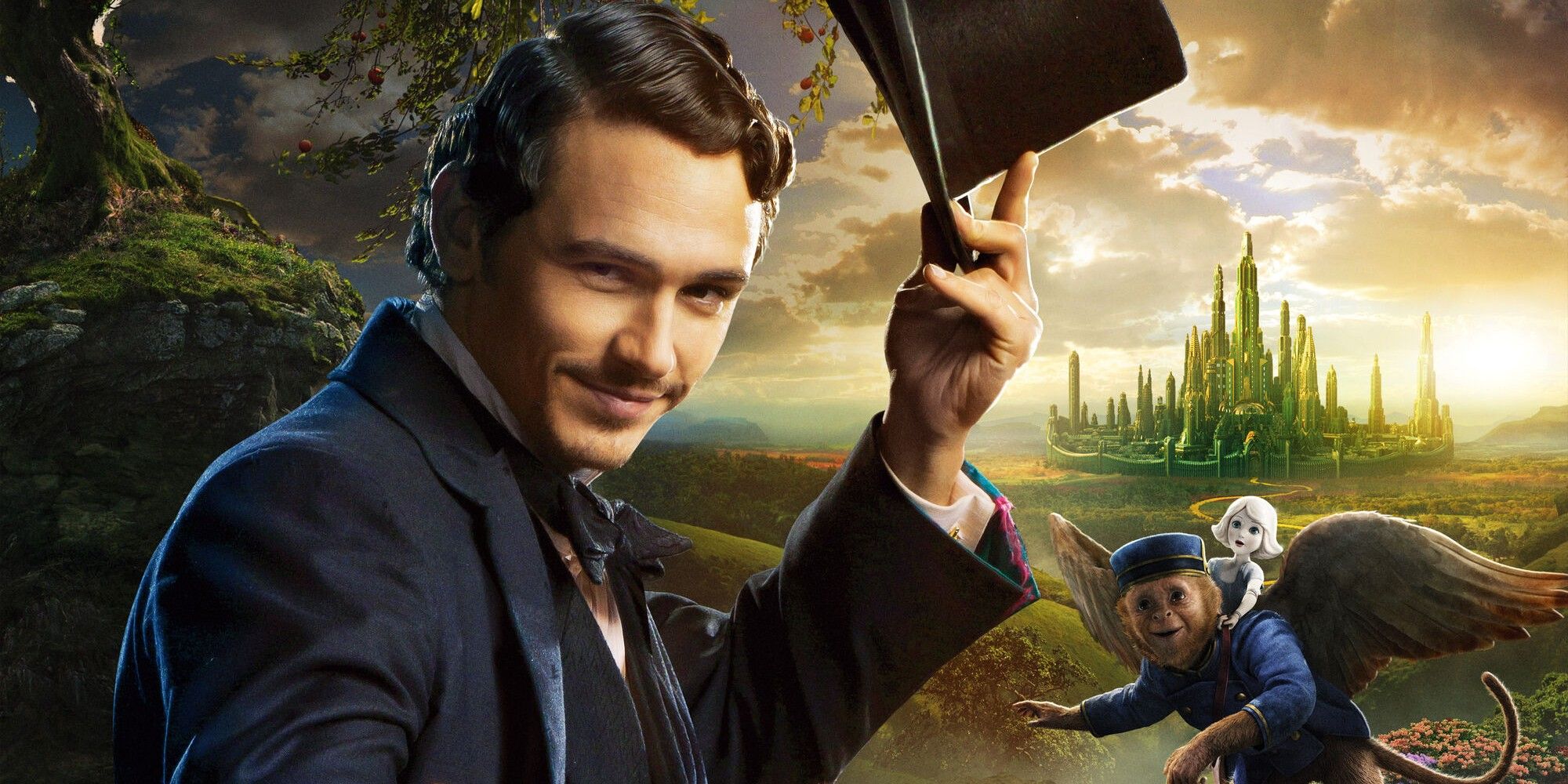
Oz the Great and Powerful is meant to be a prequel to the classic film The Wizard of Oz, but since the world and characters of this fantastic world have been explored to death over the years, it’s not too surprising that it flopped. To have been a success, the Disney film should have been an entirely fresh idea to revitalize Oz and fill the shoes of its predecessor. Instead, the House of Mouse seemed to have depended entirely on a star-studded cast. The $493 million earned at the global box office could have been worse, but Oz the Great and Powerful‘s 56 percent critic and audience score on Rotten Tomatoes proves that it wasn’t a film many were looking for.
4 Planes Brought No Value To The Cars Universe
Released in 2013
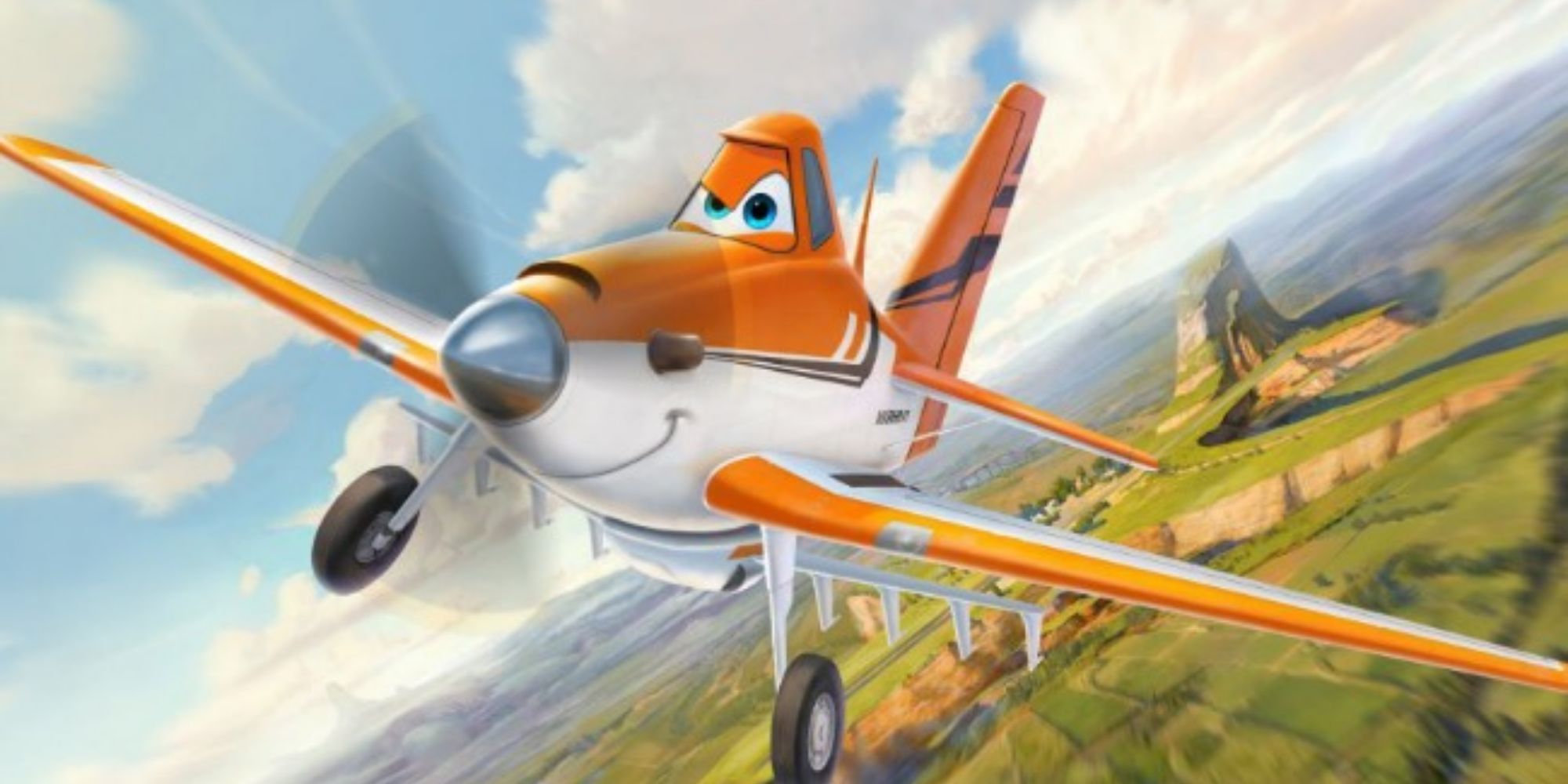
Cars were among Disney Pixar’s greater successes, not just for its box office numbers (which were far more than extraordinary) but for the cultural impact. Merchandise for the film franchise was everywhere for a time, allowing young audiences to immerse themselves entirely in the world of Lightning McQueen. The franchise sequels didn’t do quite as well, but they were still better than Pixar’s attempt to expand the Cars universe with the film Planes. On its own, it might have been regarded as a “nice enough” film, but it just couldn’t compare following Cars.
3 Alice Through The Looking Glass Felt Like A Cash Grab
Released in 2016
Disney’s return to Neverland with 2010’s Alice in Wonderland saw contradicting performance metrics, bringing in a whopping $1 billion at the global box office but only managing 51 percent on Rotten Tomatoes. Ultimately, this should have been a sign for Disney to take the financial win for what it was since, with low audience opinion, a sequel would be unlikely to draw audiences back to theaters. Still, the studio came out with Alice Through the Looking Glass, which received even worse reviews and only managed $300 million at the global box office.
2 Solo: A Star Wars Story Answered Questions No One Was Asking
Released in 2018
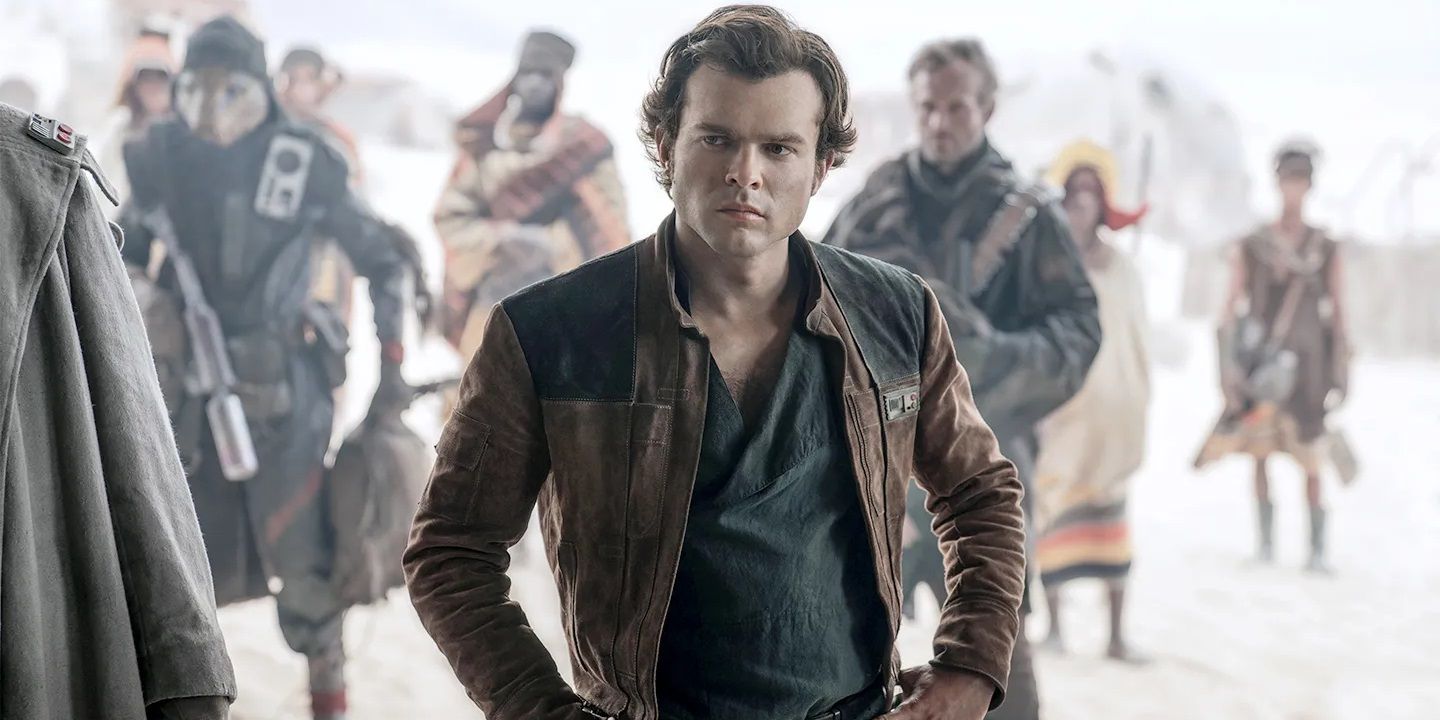
There have been plenty of Star Wars sequels to underperform with critics and at the box office, but as small pieces of a larger story, their existence could at least be justified. This wasn’t the case for Solo: A Star Wars Story. Though the idea of a Han Solo prequel was interesting, returning to the character with a new actor and minimal foundation didn’t work. The film sought to answer questions about its characters that no one was asking. In the grand scope of the Star Wars franchise, Solo was largely forgettable, as evidenced by the 69 percent critic score on Rotten Tomatoes.
1 Pirates Of The Caribbean: Dead Men Tell No Tales Made No Sense
Released in 2017
Though the story of Pirates of the Caribbean: On Stranger Tides didn’t cut it for critics (who gave the film a 33 percent score on Rotten Tomatoes), Disney still brought in $1 billion at the global box office—so an argument can be made for its existence. However, Pirates of the Caribbean: Dead Men Tell No Tales’ status as the lowest-performing film in the franchise proves that it was one step taken too far. Jack Sparrow was far sillier than ever before, and as he should have been at least 60 in the film, his survival no longer made much sense. The film’s 30 percent Rotten Tomatoes score and $172 million domestic gross prove it’s another one of Disney‘s sequels that should never have been made to begin with.
